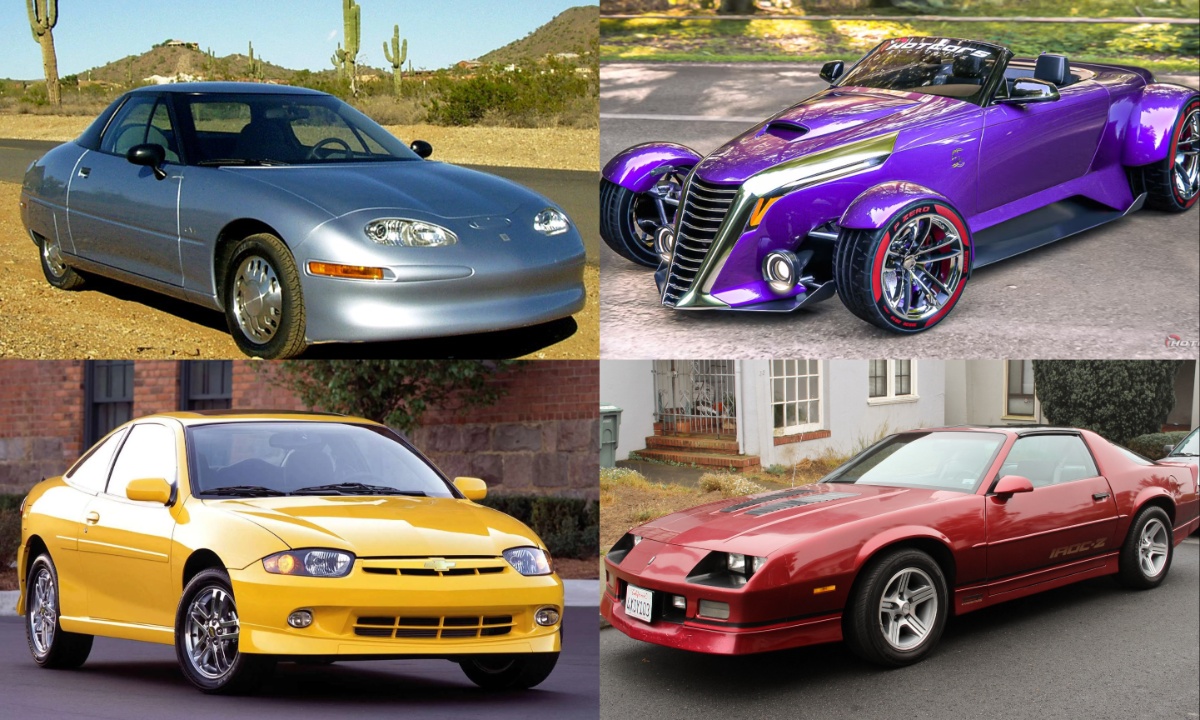The 1990s were marked by rapid technological progress and a generally optimistic outlook toward the future. With the internet becoming increasingly accessible and the global economy thriving, people were enthusiastic about the approaching new millennium.
The rise of technology was shrinking distances and encouraging a boom in cultural exchange, leading many to believe that humanity was on the brink of a new golden age of advancement and happiness.
However, with hindsight, it’s clear that the decade was also filled with contradictions and growing pains. The automotive industry is a strong example—while globalization brought innovation, it also challenged traditional manufacturing hubs like Detroit.
The U.S. market was flooded with efficient imports, pushing American companies to adapt, often with mixed results.
Much like the pop culture of the time, the cars of the 1990s ranged from iconic and game-changing—like the McLaren F1 and Acura NSX—to outright forgettable or poorly made, highlighting the uneven nature of progress during the era.
1. Third-Gen Chevrolet Camaro
The third-generation Chevrolet Camaro limped into the 1990s with its final three years of production before being replaced by a newer model. By the late 80s, the Camaro had lost its former appeal, with a boxy exterior, poor interior quality, and subpar engine options.
Despite its iconic history, the Camaro’s performance and design were underwhelming. Chevrolet’s attempt to revamp the Camaro in the fourth generation with a sleeker exterior did little to improve its image. Both generations failed to meet the high expectations of fans, leaving the Camaro with a tarnished legacy in the 1990s.
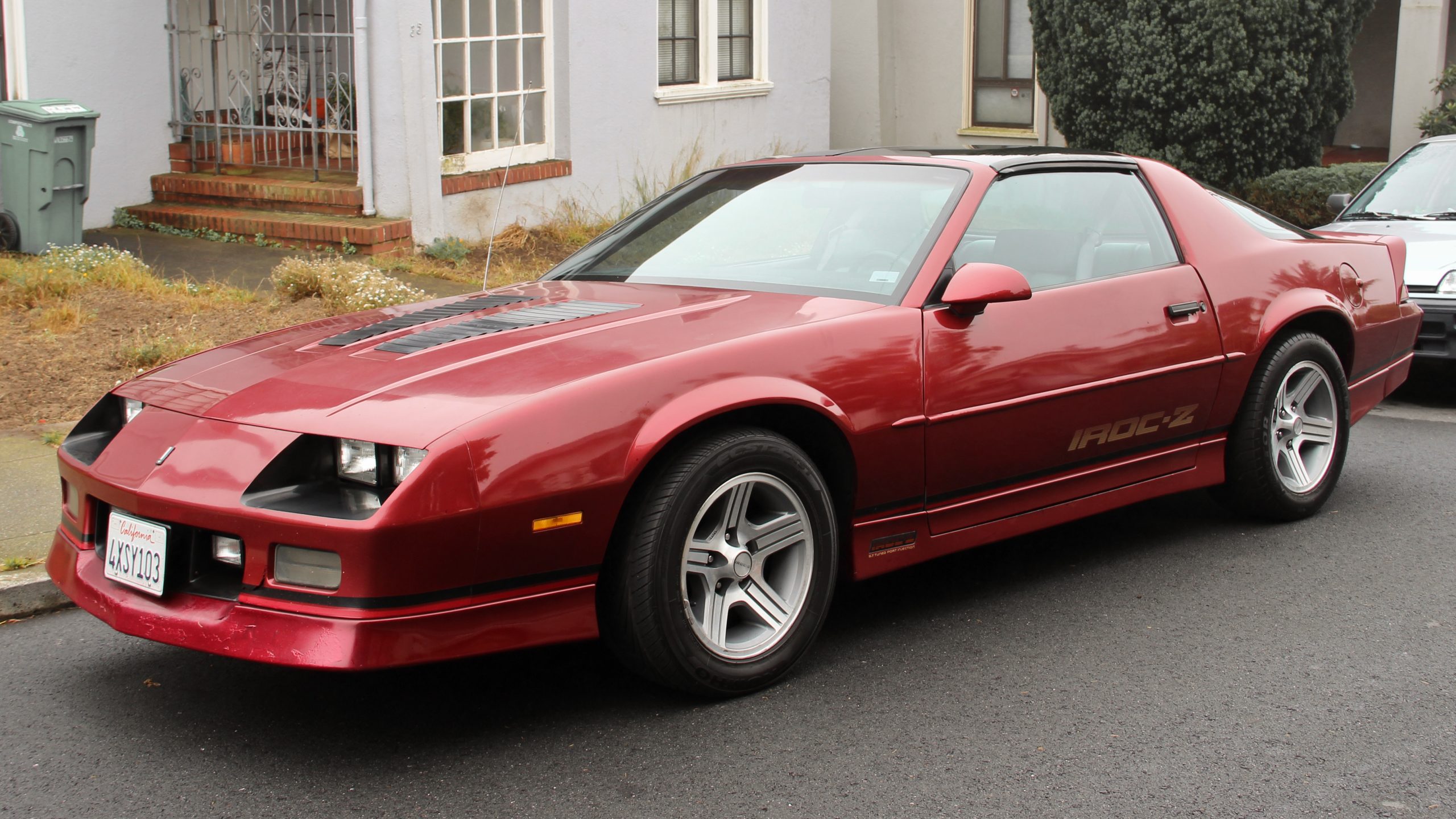
2. Porsche 928
The Porsche 928, a model that defied expectations, had a production run that lasted nearly 19 years, from 1978 to 1995. Initially introduced with a water-cooled, front-mounted engine and a strikingly radical exterior, the 928 caused a stir.
However, the car’s design, which seemed futuristic at the time, struggled to gain widespread appreciation even by the end of its production in the mid-90s.
The 928’s controversial exterior and departure from Porsche’s traditional sports car ethos meant that it was never truly embraced by enthusiasts, and even today, it remains a divisive figure in Porsche’s lineup.
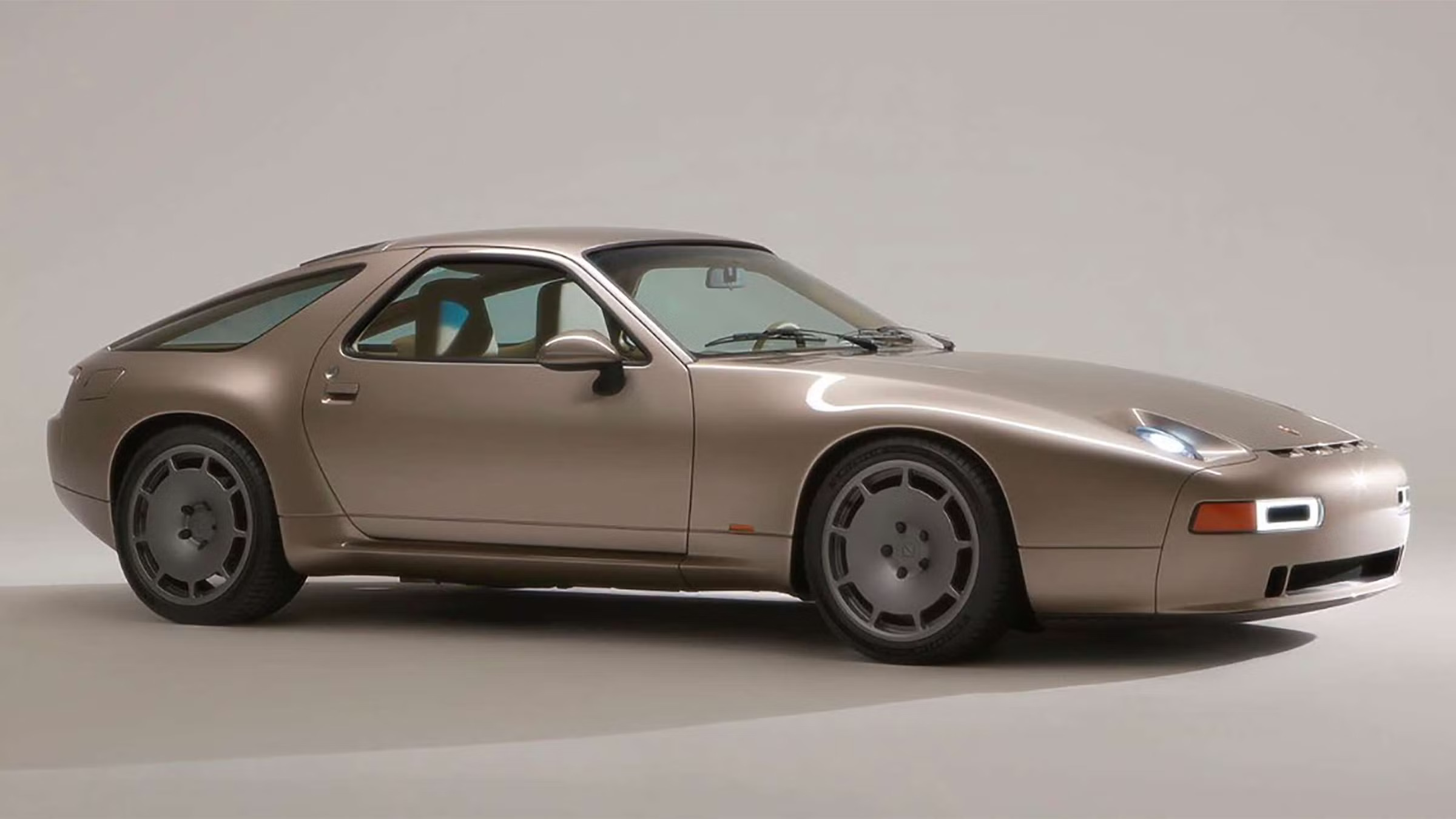
3. Mercury Cougar
Once a strong contender in the American market, the Mercury Cougar took a sharp downturn in the 1990s. Originally a more affordable version of the Ford Mustang, the Cougar had evolved into a bland commuter car by the decade’s end.
The 1990s version, built on the Thunderbird platform, failed to live up to its stylish past and attempted to position itself as a luxury tourer, which did not resonate with consumers. The Cougar’s identity crisis in the 1990s symbolized Mercury’s broader struggles, as the brand was overshadowed by Ford’s other more successful offerings.
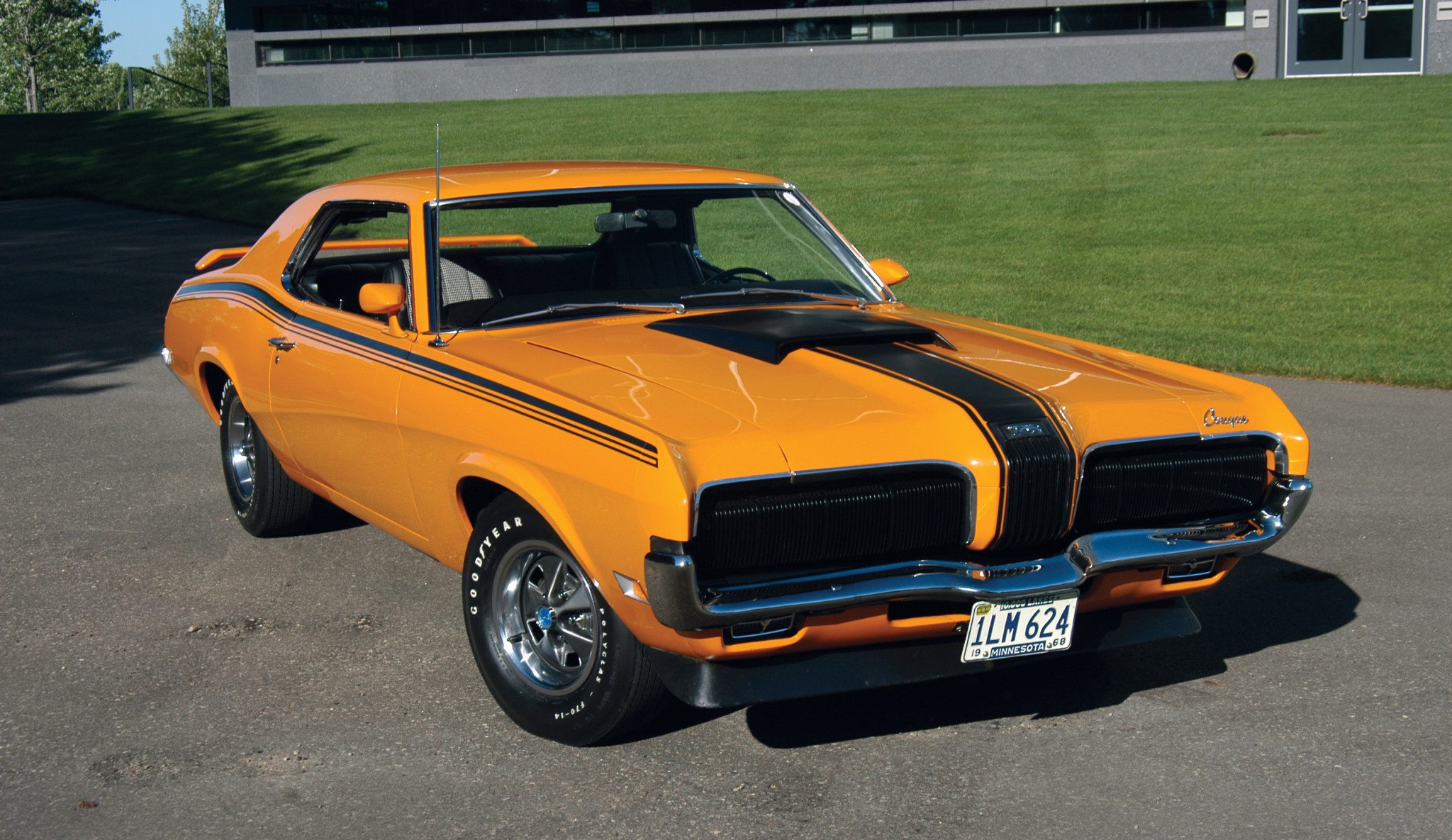
4. Ford Festiva
The Ford Festiva, sold as the Ford Aspire in some markets, is frequently cited as one of the worst Ford cars ever made. The model was essentially a rebadged Kia Avella, highlighting Ford’s desperate attempt to compete with the influx of economical Asian imports.
The Festiva, however, had little to recommend it, offering cheap construction and uninspired design. Even in its time, the Festiva was often regarded as an afterthought in the automotive market, and its poor longevity means it’s rarely seen on the roads today, making it a symbol of failed Detroit strategy in the 1990s.
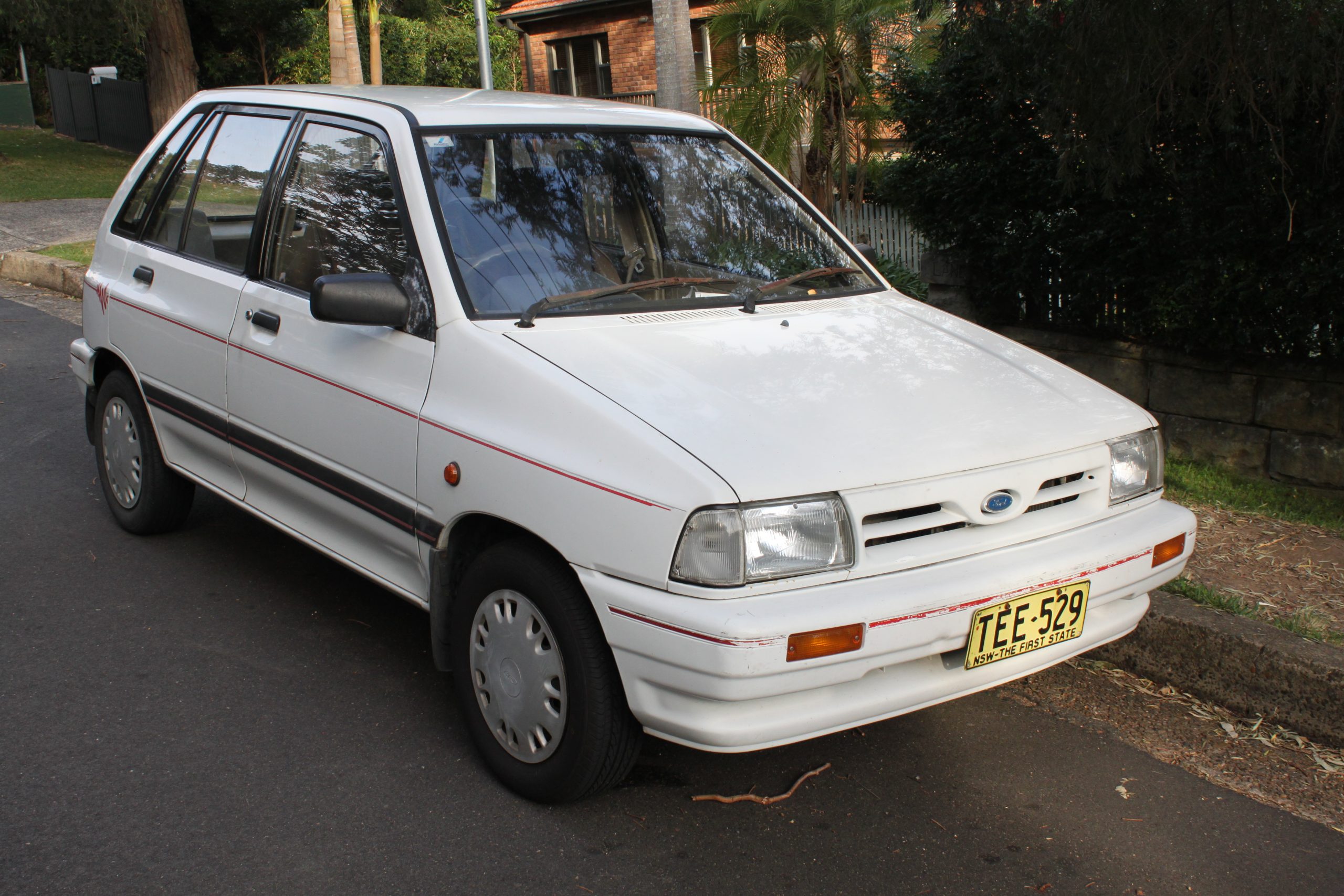
5. Chevrolet Cavalier
The Chevrolet Cavalier was another 1990s car that struggled with performance and quality. Released as a cheap economy car, the second-generation Cavalier offered disappointing engine options and a lackluster driving experience.
The 90-horsepower inline-four and 125-horsepower V6 engines were underpowered even by the standards of the time.
While the car did manage to stay on the market through 1994, its limited appeal, especially compared to rivals, made it a forgettable part of Chevrolet’s lineup. The Cavalier’s underwhelming specs and construction led many to view it as an example of the brand’s lack of innovation during the era.
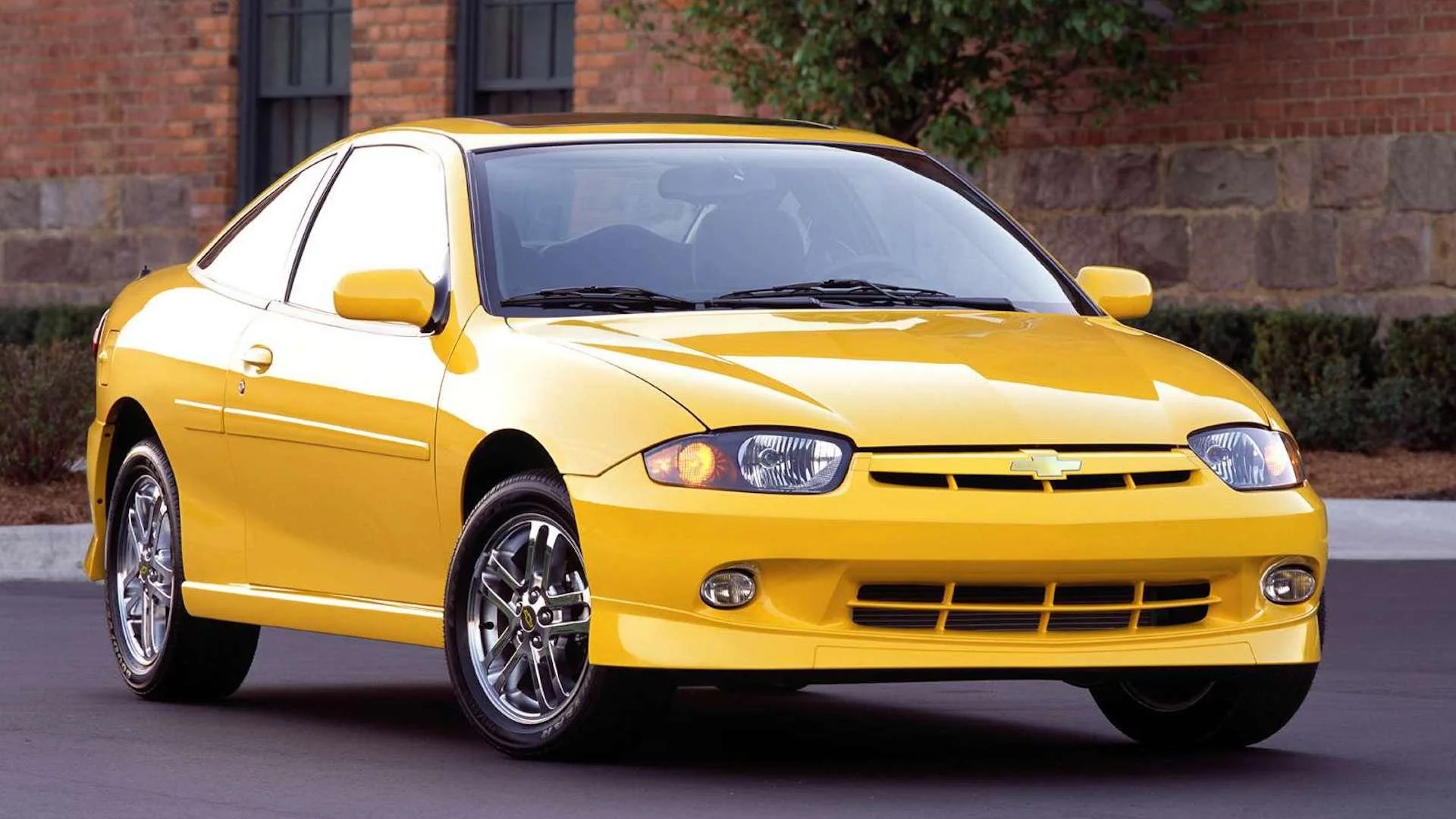
Also Read: 10 Cars That Run Perfectly After 250,000 Miles Without Major Repairs
6. Ford Explorer
The Ford Explorer played a crucial role in popularizing SUVs in the 1990s. It was simple, affordable, and widespread, but it was not without its issues. The Explorer gained notoriety after a scandal revealed that the SUV was often sold with faulty Firestone tires, which were prone to tread separation and caused fatal accidents.
These safety concerns tarnished the Explorer’s reputation, despite its success in helping define the SUV market. The controversy surrounding its safety, along with other issues, has left the Explorer’s 1990s reputation complicated, despite its sales success.
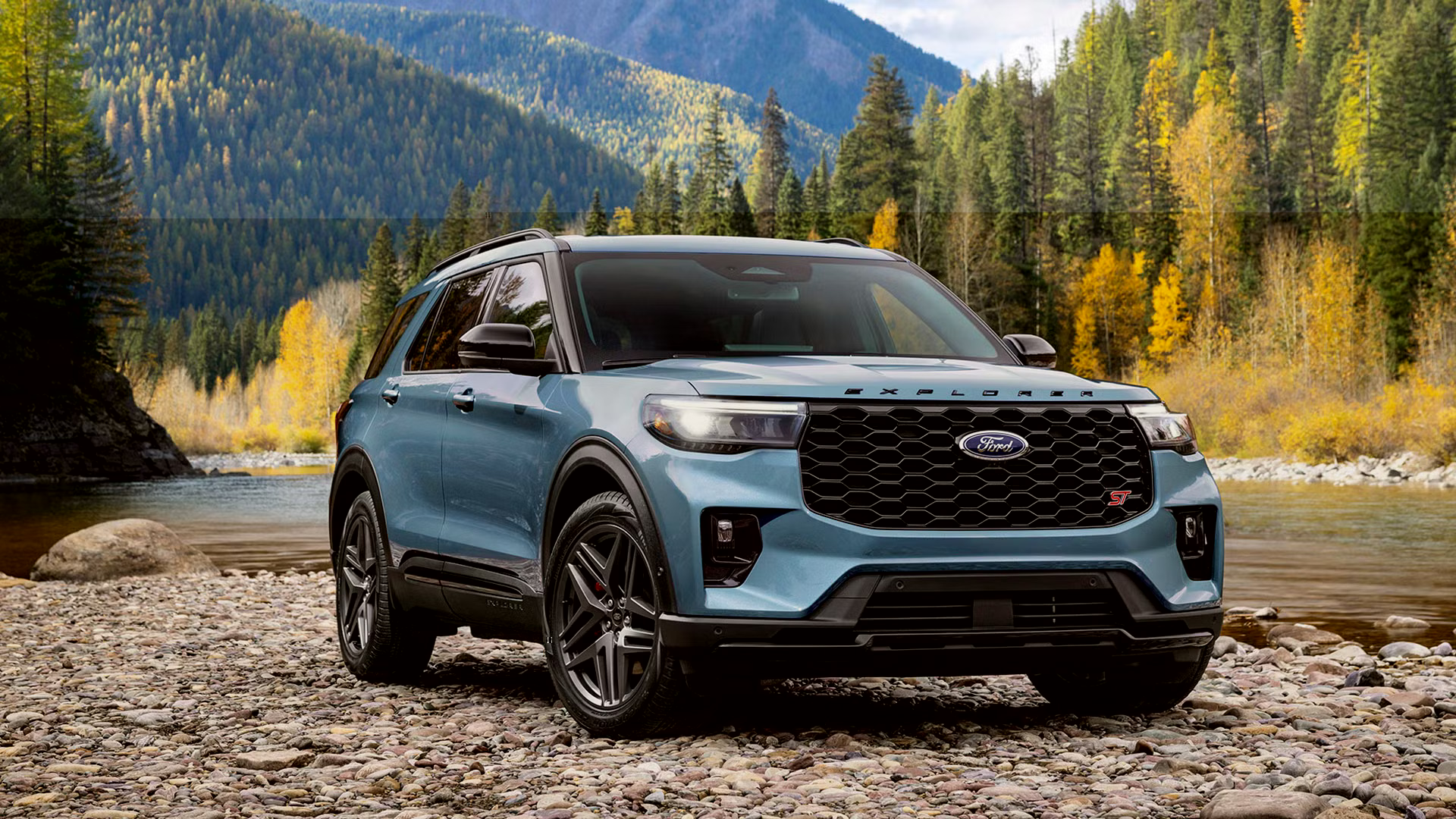
7. General Motors EV1
The General Motors EV1 was an ambitious but ultimately short-lived attempt at mass-producing electric vehicles in the 1990s. Introduced in 1996, the EV1 was designed from the ground up to be an efficient, environmentally friendly vehicle. Unlike previous attempts by other companies, GM’s EV1 was the first true mass-produced electric car.
However, the project was not a commercial success, with only 1,117 units ever produced. GM’s decision to take back and crush most of the EV1s has led to widespread criticism, with the car now seen as a symbol of Detroit’s hesitance to embrace electric vehicle technology.
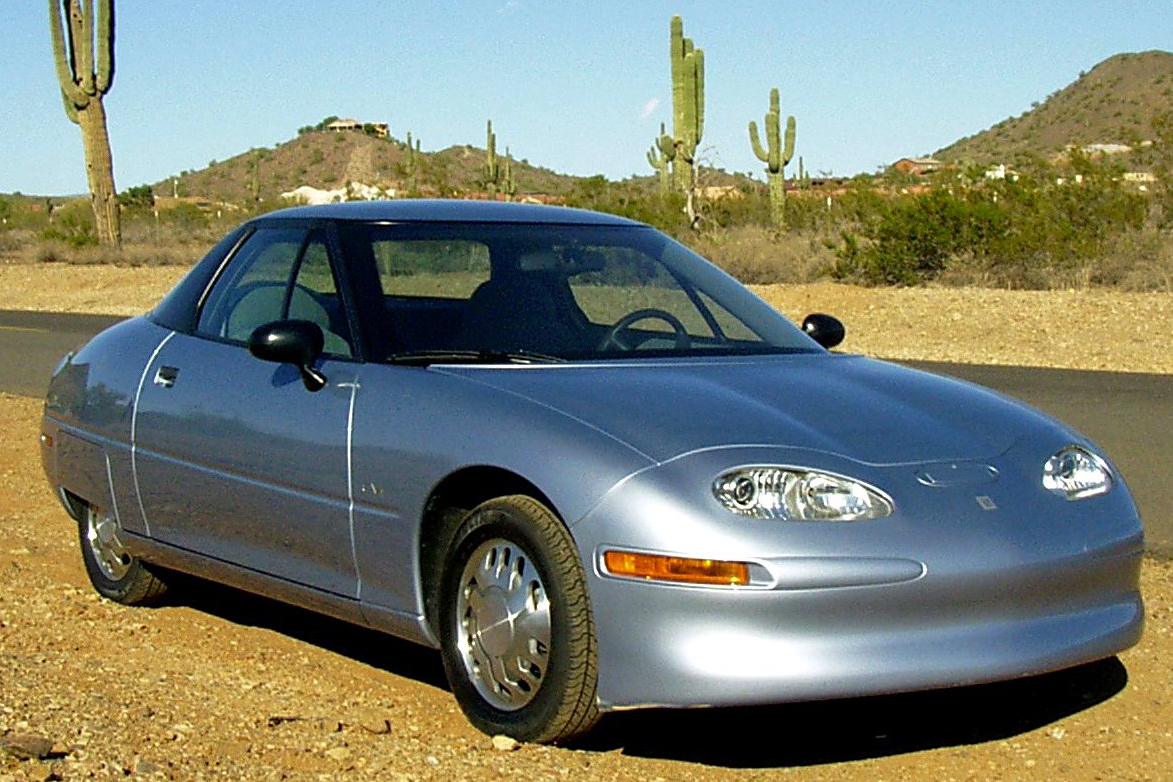
8. Chevrolet Lumina APV
The Chevrolet Lumina APV, a minivan version of the Lumina sedan, was a bizarre and short-lived model produced from 1991 to 1996. Featuring odd styling that seemed out of place for a family vehicle, the Lumina APV’s design was polarizing and quickly became a rarity on the roads.
Despite its strange appearance and cheap interior, the Lumina APV had some fans due to its unique design elements, such as its wheels. However, its overall poor construction and lack of appeal made it a forgotten relic of the 1990s, overshadowed by other, more successful minivans.
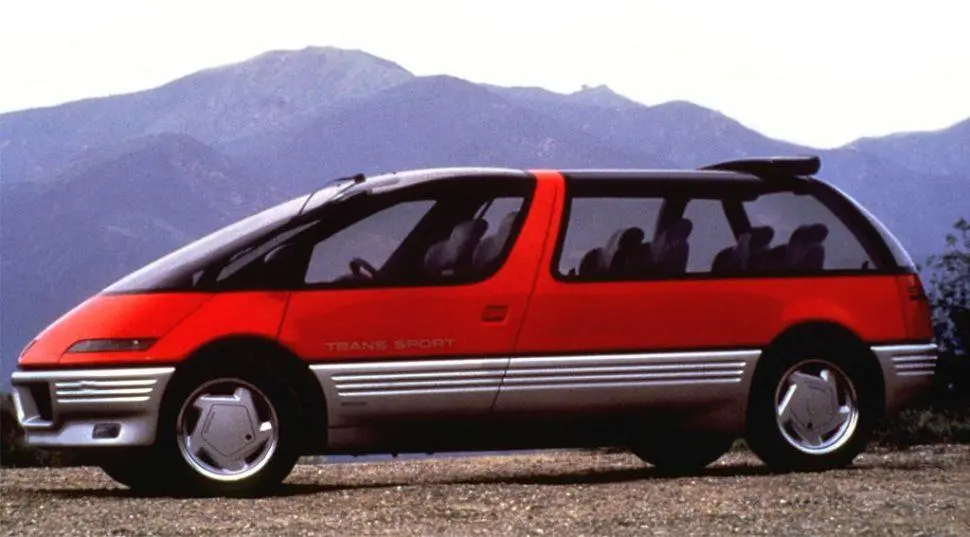
9. BMW 318ti
The BMW 318ti was a disappointing outlier in the successful E36 3 Series lineup. While the 3 Series models of the 1990s were widely praised for their balance of performance and luxury, the 318ti suffered from a cramped interior and a sluggish four-cylinder engine.
Although it was part of the broader 3 Series family, the 318ti didn’t live up to the high expectations associated with the brand. Today, the 318ti has a small group of enthusiasts, but it remains largely forgotten by most car enthusiasts, serving as a reminder of a misstep in BMW’s otherwise successful 1990s offerings.
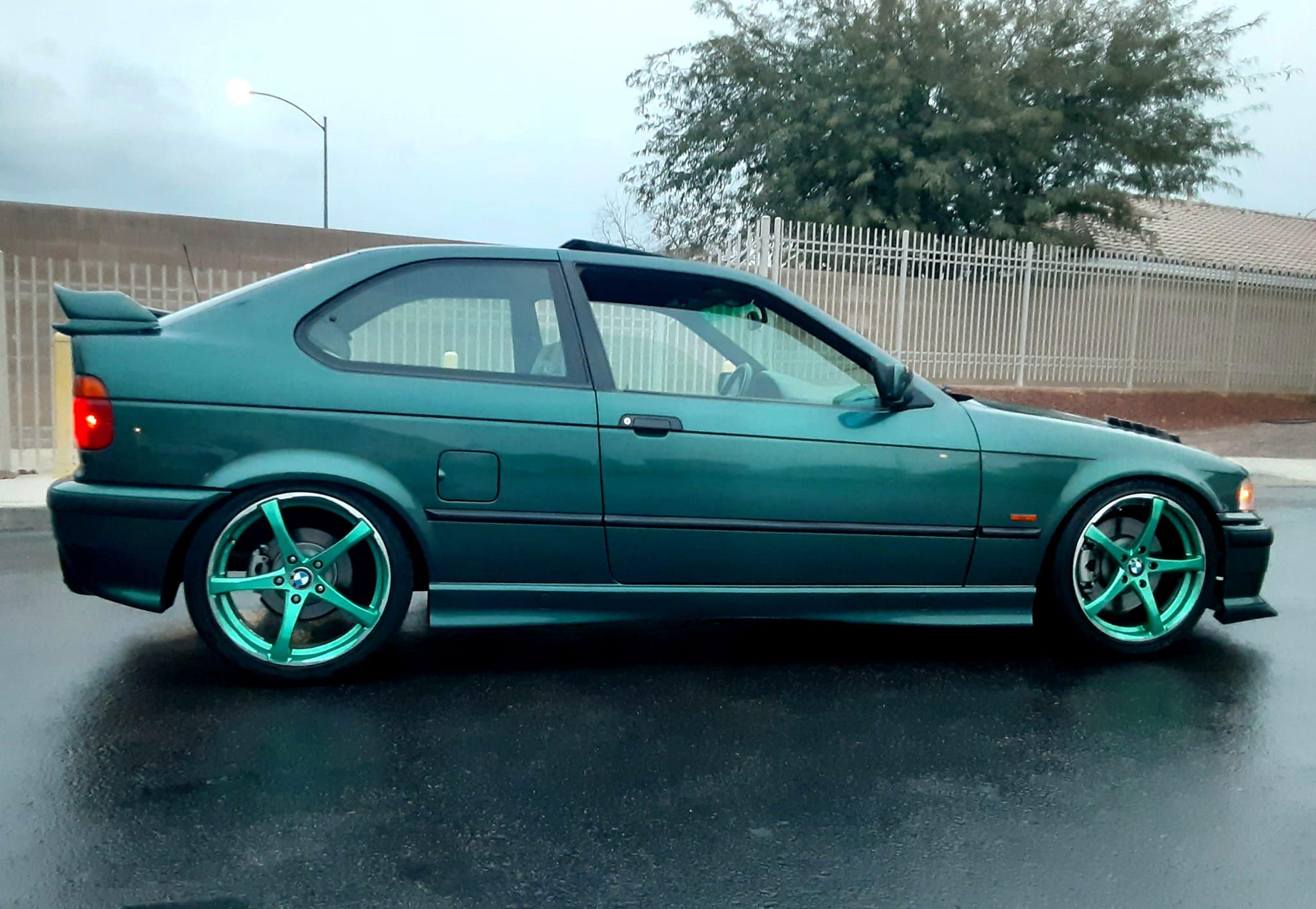
10. Plymouth Prowler
The Plymouth Prowler, initially an exciting concept with its retro styling and unique design, turned out to be a major disappointment when it hit the market. Despite its bold look, the Prowler only came equipped with a V6 engine and a four-speed automatic transmission, making it underwhelming in terms of performance.
The car’s retro appeal couldn’t compensate for its lack of power, and it failed to deliver the performance expected of a vehicle with such a bold design. The Prowler’s inability to live up to its potential has made it a symbol of missed opportunity for Detroit in the 1990s.
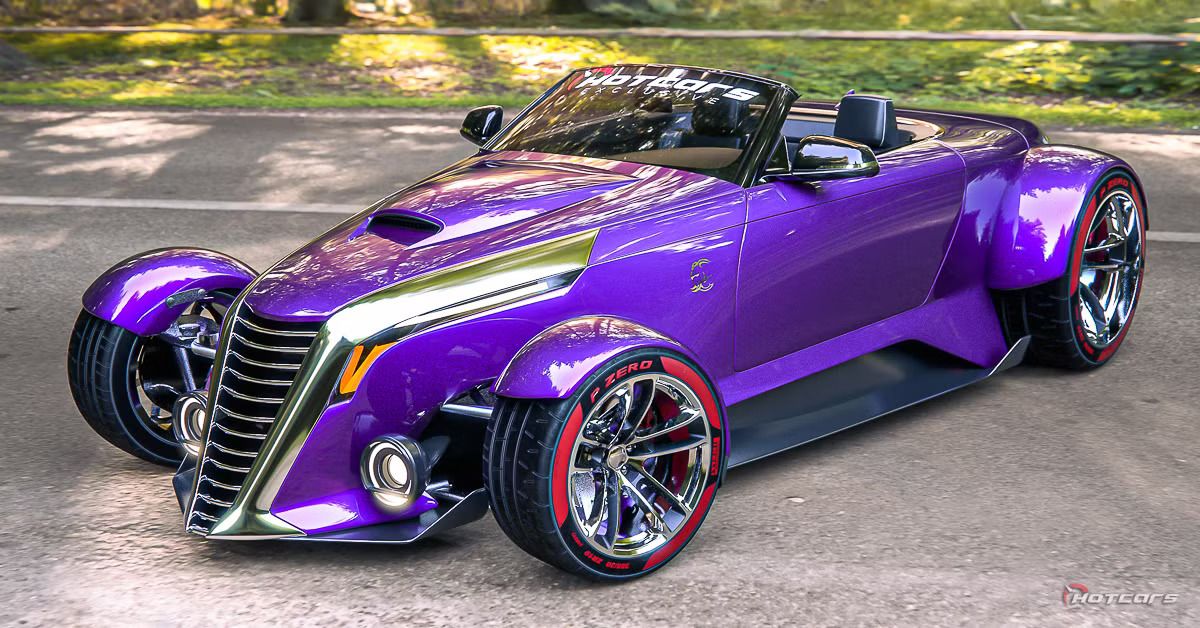
The 1990s automotive scene was marked by a blend of bold design attempts, flawed execution, and the mounting pressure on Detroit automakers to keep pace with increasingly efficient foreign imports.
Vehicles like the Chevrolet Cavalier and Ford Festiva came to symbolize this struggle, often criticized for their lackluster performance and subpar build quality.
Even iconic brands like Mercury and Chevrolet struggled to adapt to shifting consumer demands. However, cars like the Ford Explorer and General Motors EV1 show that the decade also laid the foundation for future automotive developments. Ultimately, the 1990s served as a turbulent yet transformative time in the automotive world.
Also Read: 10 Cars With the Most Comfortable Suspension Systems for a Smooth, Luxurious Ride

